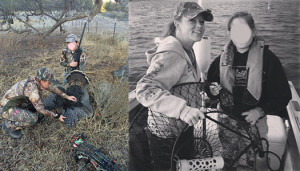We don’t hear a lot about rabies in the United States. Post-exposure treatment is the norm (which has close to 100% success rate if administered promptly — always before symptoms appear), and human deaths from the disease are extremely rare.
And that’s great. If you live in the United States.
But if you live in, say, India, rabies is a very serious and far-too-common disease, especially for the young and poor.
The World Health Organization (WHO) estimates that there are more than 200 million stray dogs worldwide and that every year, 55,000 people die from rabies, while another 15 million receive post exposure treatment to avert the deadly disease. 95% of these cases occur in Asia and Africa, and 99% of the fatalities are caused by dogs.
And to make matters worse, once symptoms appear, it’s too late: the victim virtually always dies.
But what if you could treat rabies once symptoms appear? That’s what scientists at the University of Georgia are working on. Working with mice to develop new treatments, they have managed to save 50% of the mice beyond the “cutoff point” of neurological symptoms appearing, and they are just getting started:
“This is only the beginning of our work,” said co-author Biao He, a professor of infectious diseases at Georgia’s College of Veterinary Medicine. “While these preliminary results are very exciting, we are confident that we can combine this new vaccine with other therapies to boost survival rates even higher and rescue animals even when symptoms are severe.”
Again, here in the U.S. it might not seem like a huge deal, but in parts of the world where contact with rabid animals is commonplace, this could be a huge — think 55,000 huge — lifesaver. What amazing work these people are doing!
“There is an urgent need in many parts of the world for a better rabies treatment, and we think this technology may serve as an excellent platform,” said study author Zhen Fu, a professor of pathology at the college. “Ultimately, we just want to try to save more lives.”
 Just how many lives can a mouse save?
Just how many lives can a mouse save? Animal Rights
Animal Rights  No Comments
No Comments 





